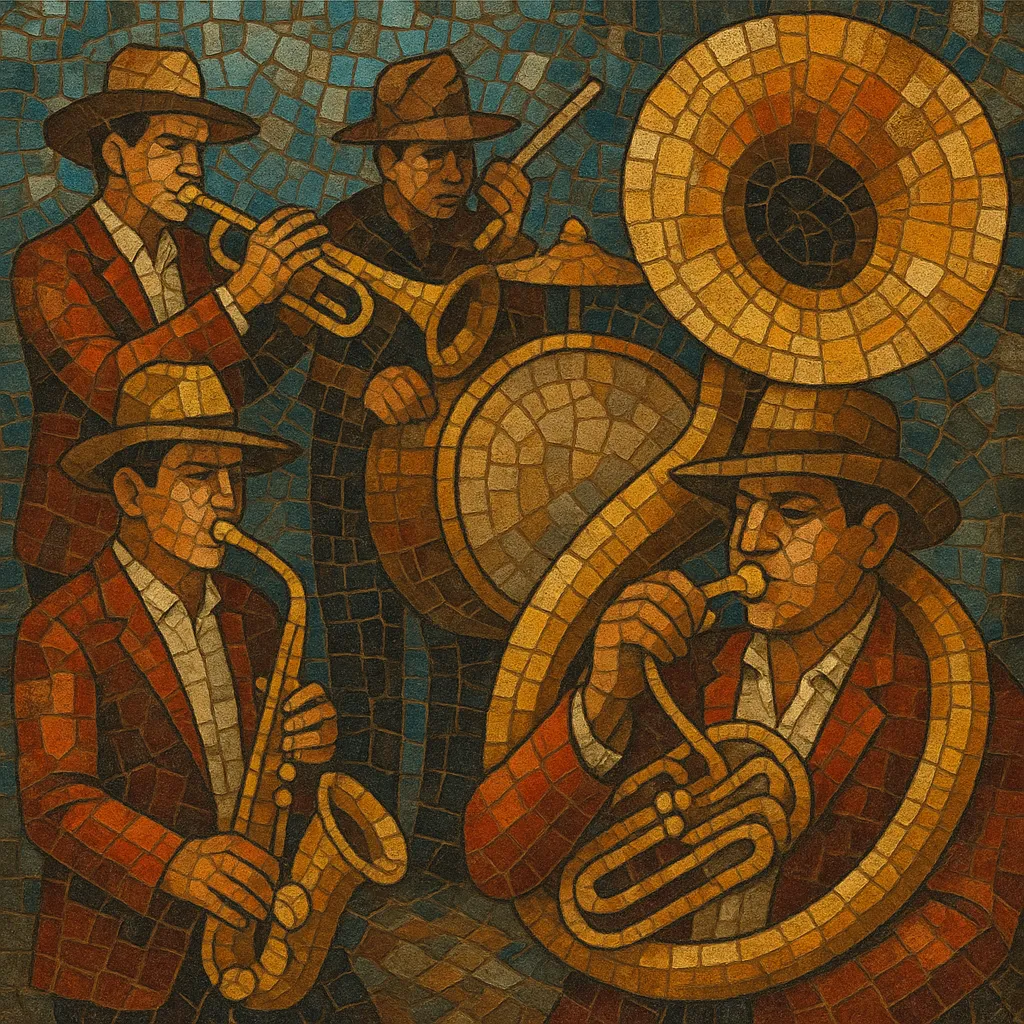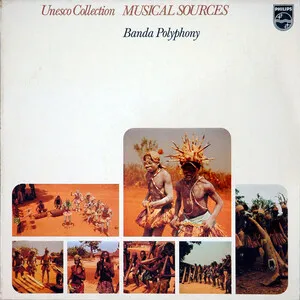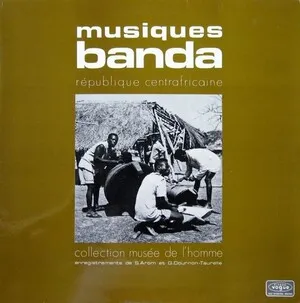Banda is a brass-driven style of regional Mexican music that emerged in the state of Sinaloa and spread across western and northern Mexico. It features large wind ensembles—trumpets, trombones, clarinets, alto/tenor horns, tuba (or sousaphone), and robust percussion with tarola (snare), tambora (bass drum), and cymbals.
Its rhythms and song forms draw from Central European dances (polka, waltz, mazurka) brought by immigrants and military bands in the late 19th century, fused with Mexican genres such as ranchera, corrido, and later cumbia. The style ranges from festive dance tunes to romantic ballads and narrative corridos, with bright, punchy horn lines, unison riffs, and vocal melodies supported by powerful, syncopated percussion.
Modern banda encompasses multiple substyles—from traditional banda sinaloense to technobanda and pop-leaning ballads—and remains a cornerstone of Regional Mexicano, both on dance floors and in popular media.
Military wind bands and Central European immigrants (especially German and Czech) introduced brass instrumentation and dance rhythms (polka, waltz, mazurka) to northwestern Mexico. In Sinaloa, local musicians adapted these sounds, forming banda de viento ensembles that emphasized clarinets, trumpets, trombones, and tuba/sousaphone, anchored by tarola and tambora. Early repertoire included instrumental dance pieces and arrangements of popular airs.
As banda ensembles proliferated across Sinaloa and neighboring states, the style absorbed Mexican forms—ranchera and corrido—turning dance tunes into vocal songs with strong melodies and call-and-response horn figures. Community fiestas, fairs, and radio helped standardize instrumentation and repertory, while ensembles developed signature mambos (brass riffs/interludes) and fanfare-style introductions.
Banda groups began recording widely, codifying the Sinaloan sound. Landmark bands like Banda El Recodo drove national popularity, and stylistic variants appeared: technobanda blended electronic elements and quebradita dance crazes; banda arrangements of cumbias and romantic ballads broadened audience appeal. Labels and regional stations in the U.S.–Mexico borderlands amplified its growth among Mexican and Mexican-American communities.
Banda became a pillar of the broader Regional Mexicano market. Supergroups (e.g., Banda MS, La Arrolladora) topped charts, while collaborations with pop and urban acts expanded its reach. Lyrically, themes range from love and heartbreak to celebratory party songs and narrative corridos. Live shows emphasize powerful brass, tight percussion, and crowd interaction, keeping banda central to dance culture and regional identity.


%2C%20Cover%20art.webp)


